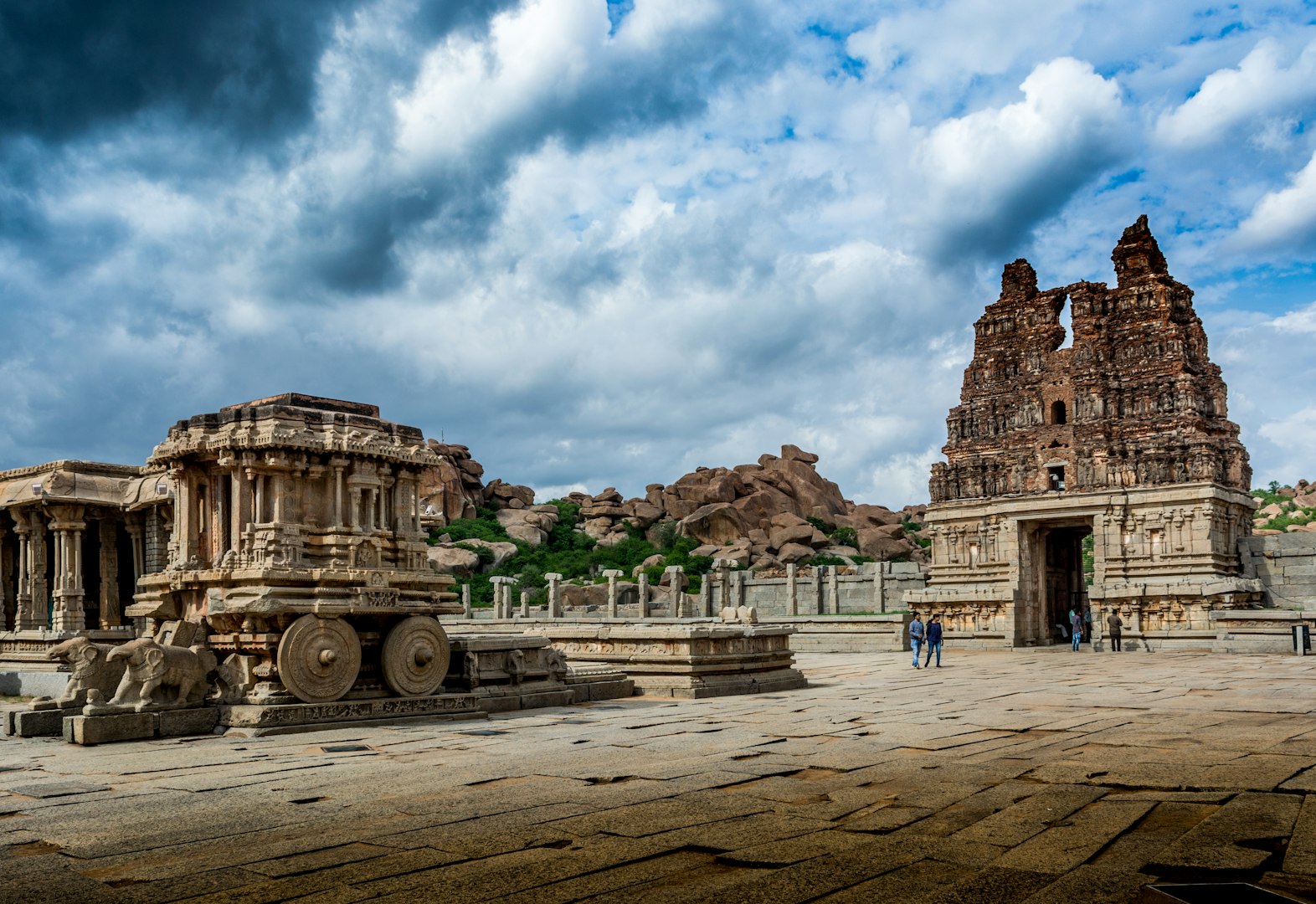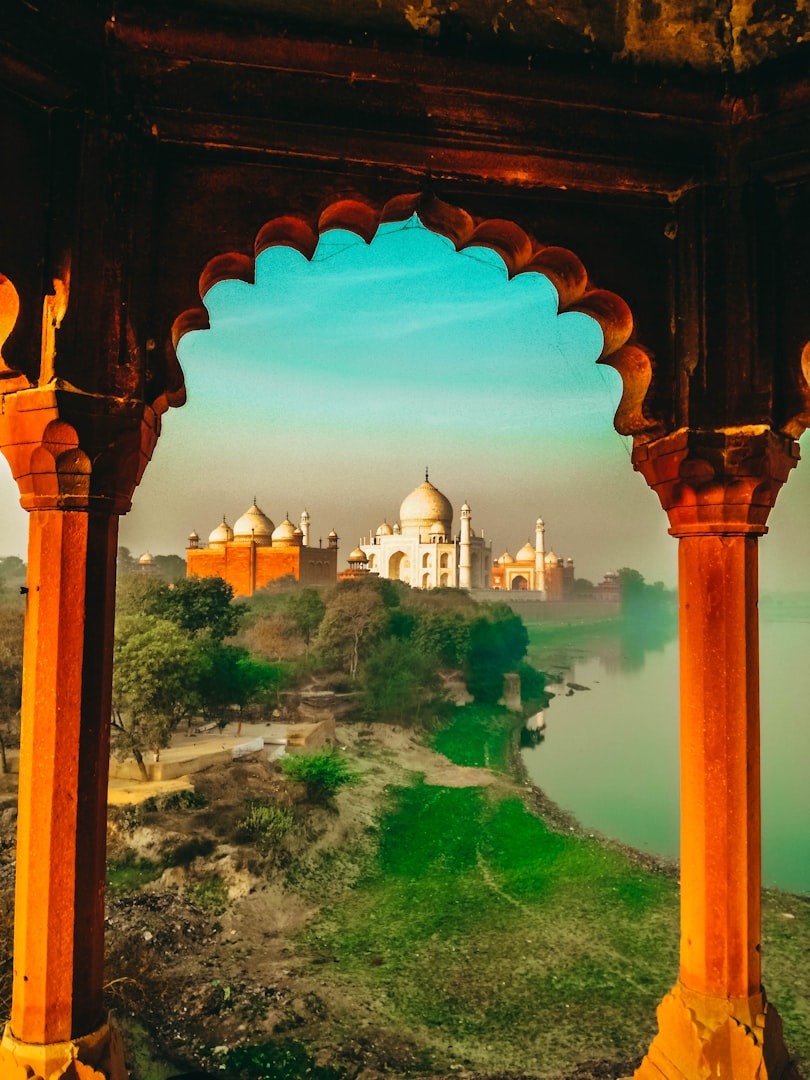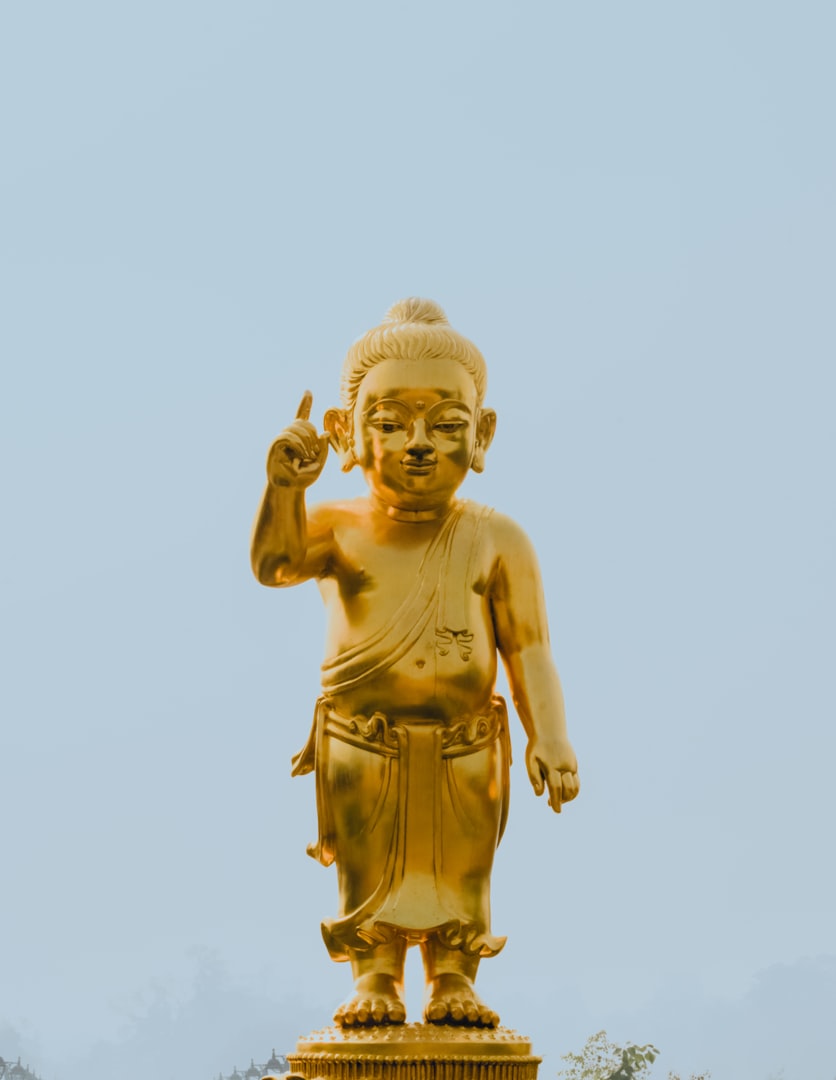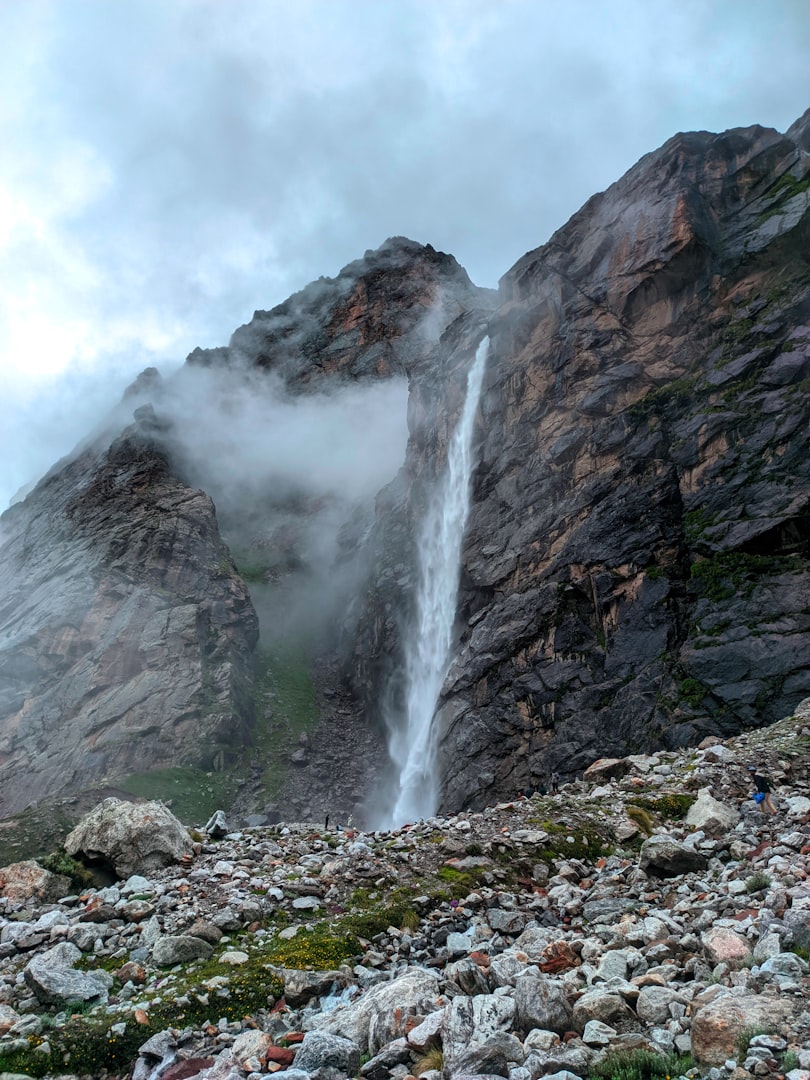
Era Echo
Ancient India: Introduction
In this episode of Era Echo, we provide an insightful overview of
Ancient India, exploring its geography, climate, and distinct cultural
development while challenging the conventional three-age system (Stone,
Bronze, Iron) as a framework for understanding its history.
We
begin by examining the unique geographical features of Ancient India,
including the towering Himalayas, the life-giving monsoon system, and
the expansive Deccan Plateau. These elements significantly influenced
the development of various ancient cultures and civilizations,
particularly the Indus Valley Civilization and the Vedic Era.
The
podcast emphasizes the importance of recognizing the distinctive eras
and cultures that emerged within Ancient India, moving beyond the
European-centric lens of the three-age system. We highlight the rich
tapestry of cultural and technological innovations that have shaped
Indian history, including the development of Hinduism and Buddhism.
Additionally,
we explore Ancient India's contributions to global civilization, such
as advancements in mathematics, astronomy, and art. These innovations
reflect the complexity and richness of Indian culture and its enduring
impact on the world.
Join us as we uncover the diverse and
intricate history of Ancient India, celebrating its unique contributions
and the profound influence it has had on the course of human
civilization.








